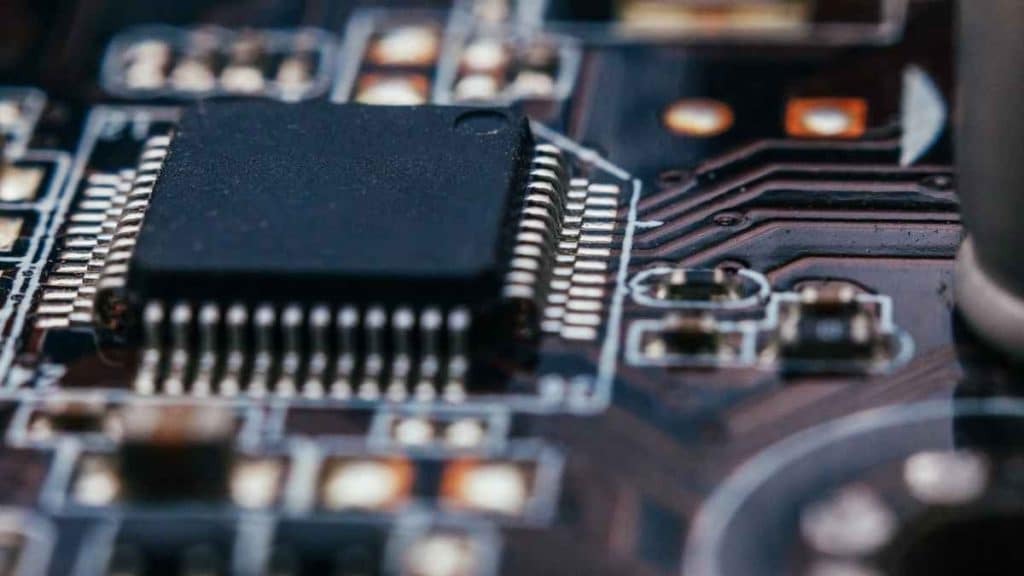In today’s technologically advanced era, the demand for electronic components is constantly on the rise. Yet, despite the increasing need, modern electronic components buyers face a myriad of challenges. These challenges often stem from rapid technological changes, global market dynamics, and evolving industry standards. This article sheds light on these obstacles and provides valuable insights to help buyers navigate this complex landscape.
Table of Contents
- Challenges Faced by Modern Electronic Components Buyers
- Overcoming the Challenges
- The Future of Electronic Component Buying
- FAQs
- What are the main challenges faced by modern electronic component buyers?
- How can buyers ensure they are getting genuine components?
- Is it better to buy components in bulk or just in time?
- How can buyers keep up with the ever-changing technological landscape?
- How significant is the impact of global trade wars on electronic component availability?
- What steps can buyers take to navigate the regulatory landscape?
Challenges Faced by Modern Electronic Components Buyers
The modern-day electronic market is no piece of cake. With a barrage of advancements, buyers are expected to be on their toes, always adapting. Let’s break down the key challenges:
Supply Chain Disruptions
Global Trade Wars: How they impact the flow of goods.
Natural Disasters: The unforeseen challenges they bring to component availability.
Rapid Technological Advancements
Keeping up with the Pace: Staying updated in a rapidly evolving industry.
Legacy Components vs. New Technology: The delicate balancing act.
Quality and Authenticity Concerns
The Rise of Counterfeit Parts: Identifying and avoiding the fakes.
Ensuring Consistency: Strategies to maintain quality across batches.
Price Fluctuations
Currency Dynamics: The play of exchange rates on component costs.
Bulk Buying vs. Just-in-Time: Weighing the pros and cons.
Environmental and Sustainability Challenges
Going Green: The push for eco-friendly components.
Disposal and Recycling: Handling electronic waste responsibly.
Building Trust: Establishing a rapport with suppliers.
Negotiation Skills: Striking the right deal without compromising quality.
Evolving Regulatory Landscape
Keeping up with Standards: Navigating the maze of regulations.
International Differences: Adapting to diverse market requirements.
Overcoming the Challenges
Knowing the problems is just half the battle. Let’s look at some proactive steps buyers can take:
Staying Educated: Continuous learning is the name of the game. Attend workshops, webinars, and trade fairs to stay updated.
Building Strong Vendor Relationships: A trustworthy supplier can be a beacon in the complex electronic components market.
Leveraging Technology: Use advanced tools and platforms to track prices, verify authenticity, and forecast market trends.
Adopting Sustainable Practices: This isn’t just good for the environment; it can also be a selling point for your products.
The Future of Electronic Component Buying
Despite the challenges, the future is not bleak for electronic component buyers. With a mix of foresight, adaptability, and resilience, buyers can effectively navigate the evolving landscape. Embracing change and being prepared for disruptions can turn challenges into opportunities.
FAQs
What are the main challenges faced by modern electronic component buyers?
The primary challenges include supply chain disruptions, rapid technological advancements, quality concerns, price fluctuations, environmental issues, vendor relationship management, and regulatory changes.
How can buyers ensure they are getting genuine components?
Staying educated, building strong vendor relationships, and leveraging technology can help verify the authenticity of components.
Is it better to buy components in bulk or just in time?
Both approaches have their merits. While bulk buying can offer cost benefits, just-in-time can reduce inventory costs and offer flexibility.
How can buyers keep up with the ever-changing technological landscape?
Continuous learning through workshops, trade fairs, and webinars can help buyers stay updated.
How significant is the impact of global trade wars on electronic component availability?
Trade wars can severely impact the flow of goods, leading to supply chain disruptions and increased costs.
Staying updated on international standards and adapting to diverse market requirements is crucial. Building relationships with industry associations can also help.
Conclusion
The world of electronic component buying is undoubtedly filled with challenges. However, with a proactive approach and the right strategies, these challenges can be effectively managed. By staying informed, building solid relationships, and leveraging technology, buyers can not only overcome these obstacles but thrive in the ever-evolving electronic market.
